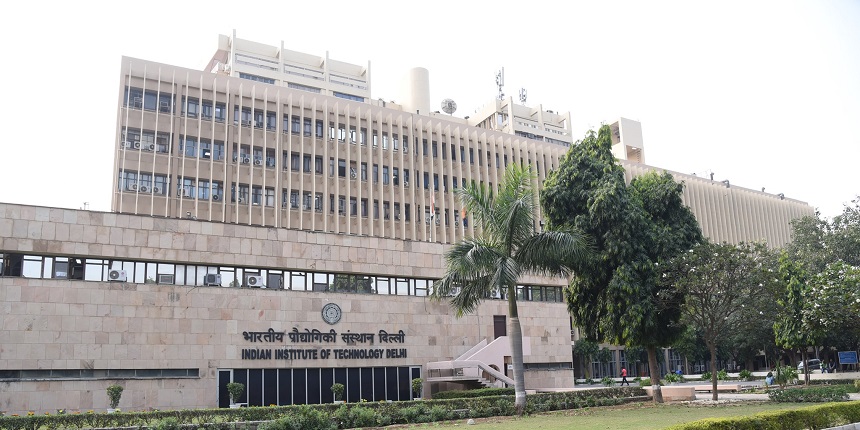IIT Delhi develops 1st national-scale mapping of soil erodibility
Tanuja Joshi | September 11, 2023 | 01:52 PM IST | 1 min read
IIT Delhi research found that out of 50 districts with the most erodible soil, 29 are in UP, 13 in Bihar, 3 in Gujarat, 2 each in Haryana and Rajasthan, and 1 in Punjab.
IITs- A Comprehensive Guide
A complete guide to IITs: Learn about the admission process, required cutoffs, fees, top branches, campus details, and updated placement statistics—all in one place.
Download Now
NEW DELHI: The Indian Institute of Technology (IIT) Delhi researchers have developed the first national-scale mapping of soil erodibility. This national-scale mapping of soil erodibility focuses on areas where the soil is most prone to erosion.
Must See: IITs Comprehensive Guide
The researchers in their study have found that out of the 50 districts with the most erodible soil, 29 are in Uttar Pradesh, 13 are in Bihar, 3 in Gujarat, 2 each in Haryana and Rajasthan, and 1 in Punjab.
ALSO READ| The Wrap: IIT Delhi, Kota suicides; NMC changes passing marks for MBBS; NEET SS rescheduled
The study was conducted by Ravi Raj, Manabendra Saharia, and Sumedha Chakma from the Hydrosense Lab, department of civil engineering at IIT Delhi. According to the institute, “ The national average soil erodibility factors for India as 0.028 and 0.034 t-ha-h/ha/MJ/mm using Nomograph and EPIC models, respectively.”
The IIT Delhi researchers also analyzed the soil erodibility map to visualize its distribution over the national territory in terms of the different soil types, textures, and percentage ranges of erodibility values. “ The results indicated that the K-factor, estimated using the Nomograph approach, exhibited a stronger correlation with the observed K-factors retrieved from the literature” as per the institute.
ALSO READ| IIT Delhi's SPP places its 1st MPP batch; 47% in think tanks, research institutions
Manabendra Saharia, department of civil engineering, IIT Delhi said, “ This reflects the combined contribution to erosion due to rainfall, runoff, land use, land cover, deforestation, and agricultural practices. This study fills a critical gap and brings us one step closer to estimating soil loss at a national level and developing a soil erosion model.”
Saharia added, “Soil erosion is a significant trigger for land degradation and a major global geo-environmental issue. Being able to assess its causes and impacts at a high resolution will help us develop a national soil conservation plan that can help our vital agricultural sector”.
Follow us for the latest education news on colleges and universities, admission, courses, exams, research, education policies, study abroad and more..
To get in touch, write to us at news@careers360.com.